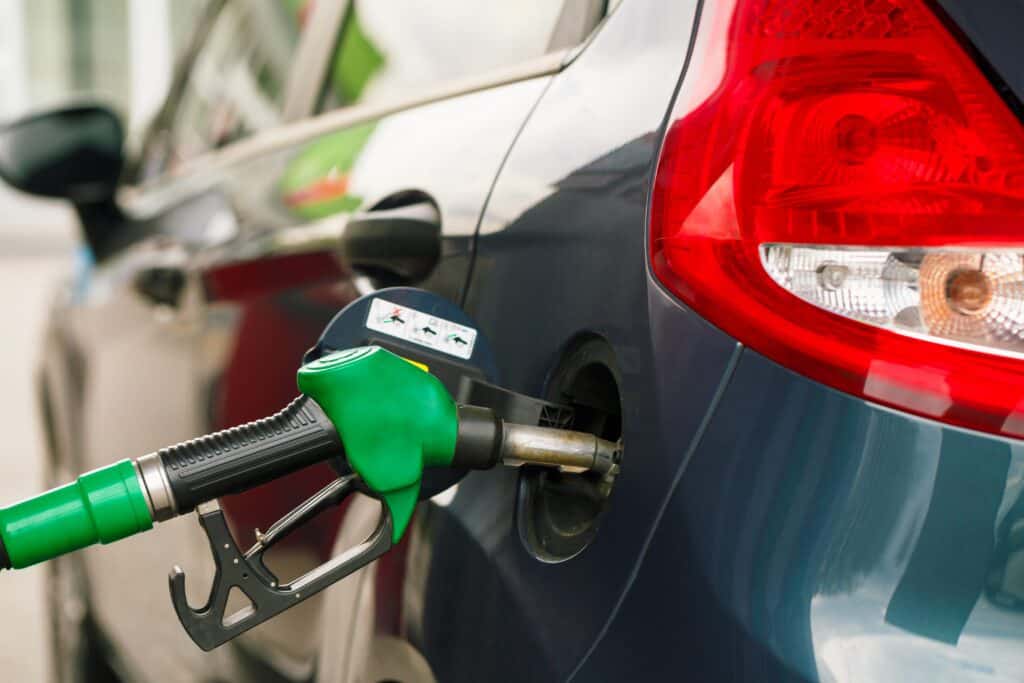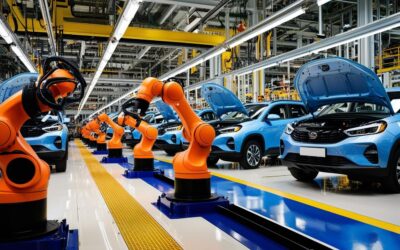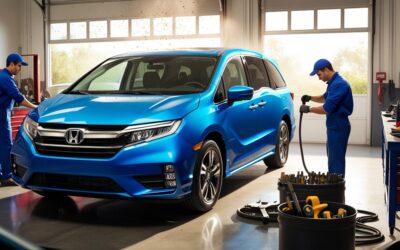Switching to E10 fuel – what does it mean, and is it really more efficient?

If you’ve been to fill up at the pump lately, you’ve probably noticed something’s a bit different…
Yep, the UK has switched to E10 as the standard petrol available at the pump.
Some petrol stations still offer both E10 and E5 as options – but you might be wondering what it actuallymeans, and what E10 actually is.
What is E10?
Simply put, it’s a blend of petrol and ethanol.
E10 represents the maximum amount of ethanol permitted in the fuel, and as you might have guessed, that means it’s 10%.
The rules differ from country to country, with ethanol levels in some countries being as little as 4%, and in others, it can be as much as 95%.
But why have we switched from E5 to E10?
For the same reason as we’re in the midst of ‘the great switchover’ to electric vehicles – to help lower CO2 emissions.
You see, the idea is that by having less petrol in the fuel, we use less of it.
That’s good for two reasons:
- It helps to lower CO2 emissions, and
- It reduces the amount of petrol we use, and since it’s a finite resource, this helps what we have last longer
The reduction in CO2 works well for countries where alcohol production from farm produce is high since this reduces the amount of travel required to produce the ethanol – the USA is a fantastic example of this.
And the good thing there is it makes each drop of petrol go that little bit further.
But is it really more efficient?
Well, it’s not quite as simple as it seems at first glance.
Because ethanol has a lower energy density than petrol.
And that means there’s a bit less output per drop of fuel – essentially burning a less energy-dense fuel means that you need to burn more of it to get the same amount of power.
Now, it’s not a problem that’ll mean you’ll suddenly lose power in your vehicle, but your fuel economy WILL decrease as your car’s engine computer tries to recalibrate fuel-air ratios.
Basically, as the carbon count with E10 fuel decreases, fuel consumption increases.
So, your fuel consumption is higher than it was a few months ago… which means more trips to the forecourt to fill up.
Seems counterproductive, right?
Because the reduction in CO2 emissions could be offset by the lower fuel economy from E10 fuel – though it’s unclear to what extent this is the case.
What is clear is that the benefits aren’t as strong as initially thought, and it might be that they’re offset entirely by the lower fuel economy.
It’s also worth noting that any older vehicles might not be suitable for E10 – so it’s worth checking before you make a costly mistake…
Have you noticed a difference since the switch to E10? Are you considering switching your fleet over to electric? Already made the switch? Let us know at [email protected]










